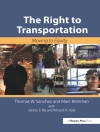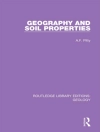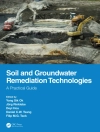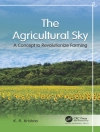Each new generation of commercial aircraft produces less noise and fewer emissions per passenger-kilometer (or ton-kilometer of cargo) than the previous generation. However, the demand for air transportation services grows so quickly that total aircraft noise and emissions continue to increase. Meanwhile, federal, state, and local noise and air quality standards in the United States and overseas have become more stringent. It is becoming more difficult to reconcile public demand for inexpensive, easily accessible air transportation services with concurrent desires to reduce noise, improve local air quality, and protect the global environment against climate change and depletion of stratospheric ozone. This situation calls for federal leadership and strong action from industry and government.U.S. government, industry, and universities conduct research and develop technology that could help reduce aircraft noise and emissions-but only if the results are used to improve operational systems or standards. For example, the (now terminated) Advanced Subsonic Technology Program of the National Aeronautics and Space Administration (NASA) generally brought new technology only to the point where a system, subsystem model, or prototype was demonstrated or could be validated in a relevant environment. Completing the maturation process-by fielding affordable, proven, commercially available systems for installation on new or modified aircraft-was left to industry and generally took place only if industry had an economic or regulatory incentive to make the necessary investment. In response to this situation, the Federal Aviation Administration, NASA, and the Environmental Protection Agency, asked the Aeronautics and Space Engineering Board of the National Research Council to recommend research strategies and approaches that would further efforts to mitigate the environmental effects (i.e., noise and emissions) of aviation. The statement of task required the Committee on Aeronautics Research and Technology for Environmental Compatibility to assess whether existing research policies and programs are likely to foster the technological improvements needed to ensure that environmental constraints do not become a significant barrier to growth of the aviation sector.
Aeronautics and Space Engineering Board & Committee on Aeronautics Research and Technology for Environmental Compatibility
For Greener Skies [PDF ebook]
Reducing Environmental Impacts of Aviation
For Greener Skies [PDF ebook]
Reducing Environmental Impacts of Aviation
Beli ebook ini dan dapatkan 1 lagi PERCUMA!
Bahasa Inggeris ● Format PDF ● Halaman-halaman 70 ● ISBN 9780309508216 ● Penerbit National Academies Press ● Diterbitkan 2002 ● Muat turun 3 kali ● Mata wang EUR ● ID 7145991 ● Salin perlindungan Adobe DRM
Memerlukan pembaca ebook yang mampu DRM












